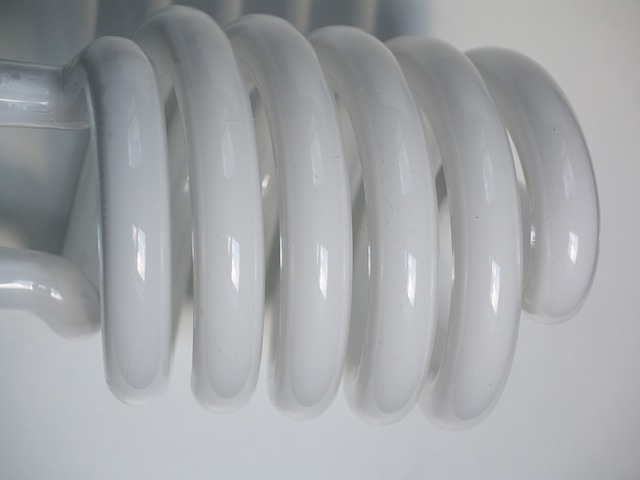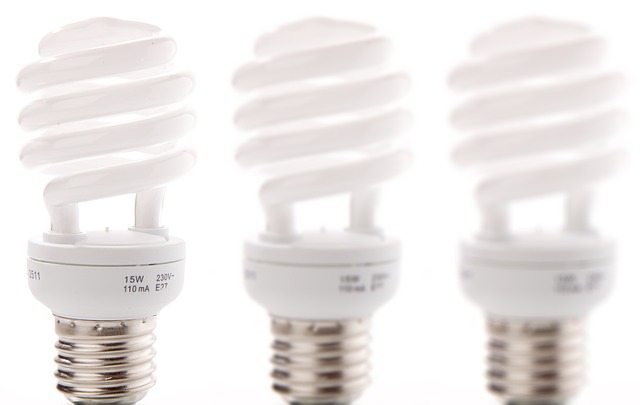The glory days of Edison\’s filament bulb, which lasted over 130 years, are over. So often, when you walk into a specialty store or hypermarket, dozens of light fixtures roll off the shelves, and it\’s hard to know which one to choose. Each has its pros and cons, but one thing is undeniable. Lighting technology is constantly undergoing technological developments, and fluorescent lamps are no exception.
Building block systemsThe greatest advantage is their versatility. It can be used on desks, over kitchen prep tables, in children\’s rooms, bedrooms, hallways, and storage spaces. A row of luminaires of the required length can be connected behind each other to fill the space. Some types of luminaires can be arranged in a row of up to 10 fixtures.
Energy-saving fluorescent lamps
Energy-saving compact fluorescent lamps Lamps and wall/ceiling fixtures can be installed. They are also suitable for essentially anywhere indoors, such as bathrooms and toilets, and can be used in a wider range of color temperatures, i.e., cooler white light for work areas and warmer shades for relaxing lighting in bathrooms and bedrooms.
Energy-saving fluorescent lamps have a poor reputation due to their unpleasant flickering and long time to full power, which is attributed to the electromagnetic (inductive) ballasts that were commonly installed in this lighting technology in the 1990s. Against this background, it should be noted that inductive ballasts are being replaced by electronic devices, which prevent flickering, recharge the lights much faster, and no longer have their life limited by the number of switching cycles.
Energy savings
Compared to filament lamps, today\’s fluorescent lamps can save up to 80% of electricity, which is roughly comparable to LEDs. Their lifespan is also much longer than it was 20 years ago or during the socialist era, when virtually nothing was lit in schools and most factories and workplaces.